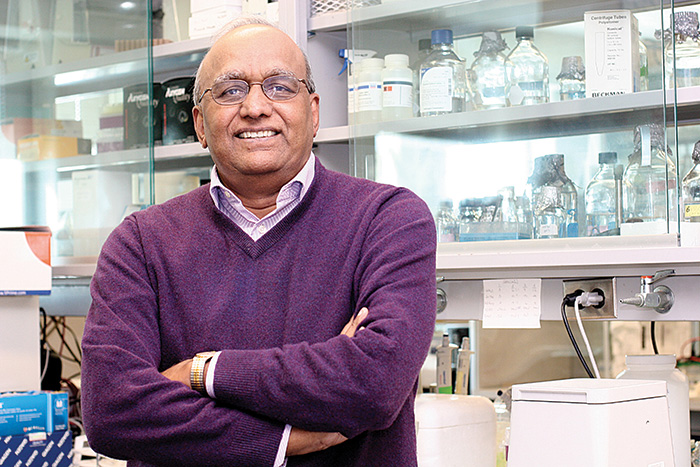Research out of Western University suggests schizophrenia can be diagnosed by studying a person’s DNA, paving the way for an individualized treatment plan.

Lead researcher Dr. Shiva Singh, a professor in Western’s Faculty of Science, says his work over the past 20 years challenges a “very fundamental principle” that a person’s genome sequence doesn’t change throughout the course of a lifetime.
Instead, Singh says there are genetic mutations taking place all the time. Many of the mutations don’t have implications for a person’s health. But if they happen in a certain set of genes, they can cause schizophrenia or other diseases.
“So far, the diagnosis of schizophrenia is based on your behaviour problems and that’s very subjective,” he said.
This research suggests there’s a biological marker for schizophrenia. That’s something researchers didn’t have before.
Getting a genome sequence will cost a patient between $2,000 and $5,000 Singh says. The sequence will help doctors predict which medication will be most effective for each patient.
“You can begin treatment early, you can have a pattern, and you also know what the problem is, what the defect is.”
Singh worked alongside Richard O’Reilly and PhD student Christina Castellani, and their findings were recently published in the journal Clinical and Translational Medicine.
Singh credits O’Reilly for doing the hard work of finding cases in which only one of a pair of identical twins is affected by schizophrenia. The study showed, for the first time, that the genome sequences of identical twins are not identical: independent mutations in the two individuals increased over time as the twins aged.
Singh says he’s been doing the research for at least 20 years, and it’s “very exciting,” to be making a recommendation that may change how doctors diagnose and treat patients with a disease he calls “complex, complicated, and devastating.”







Comments